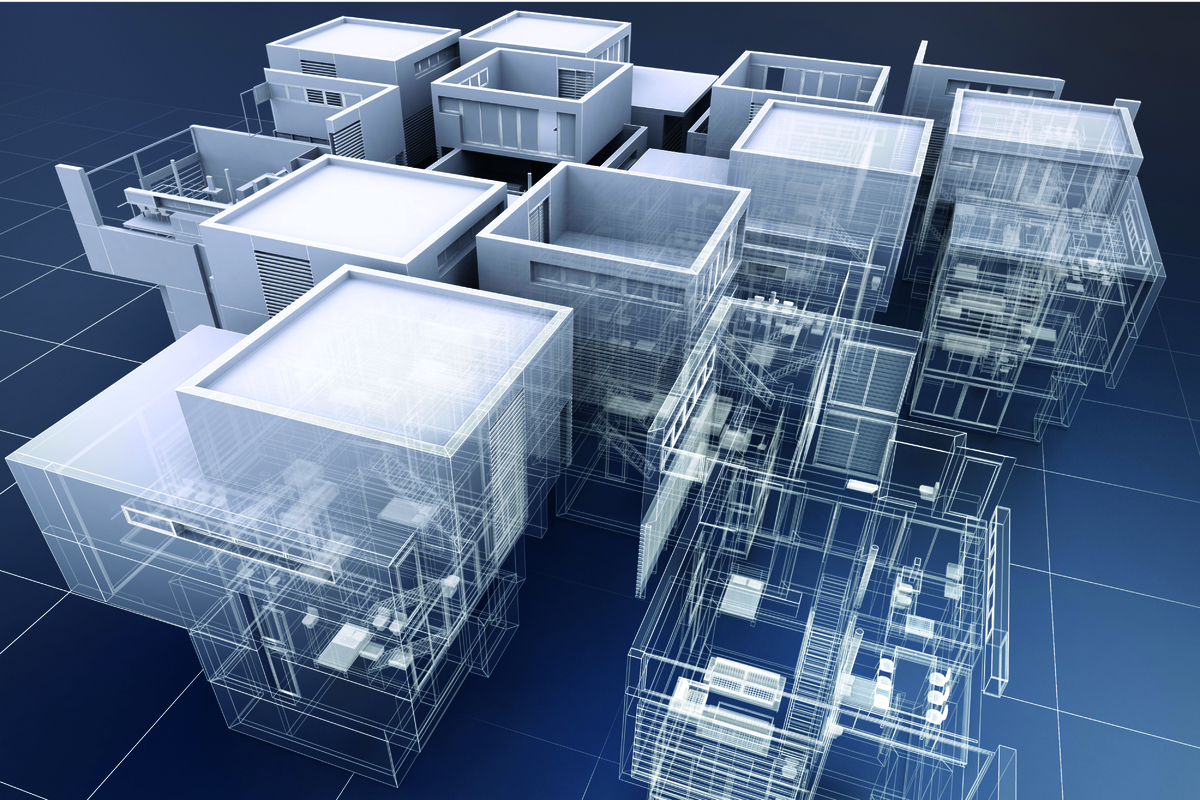
Introduction
The world of construction is experiencing a remarkable revolution, driven by cutting-edge technologies that are reshaping the way we build and inhabit spaces. From sustainable materials to smart homes, these innovations are not only changing the face of construction but also paving the way for a greener, smarter, and more efficient future. In this blog post, we will take you on a journey through some of the most popular and intriguing new building technologies that are transforming our world.
1. 3D Printing: Unveiling New Possibilities
3D printing has emerged as a game-changer in the construction industry. This revolutionary technology allows for the creation of intricate and customizable building components, reducing construction time and material wastage significantly. From homes to bridges, 3D printing is pushing the boundaries of what’s possible, promising a faster, more cost-effective, and sustainable approach to construction.
2. Smart Homes: Intelligence at Your Fingertips
Imagine a home that anticipates your needs and responds to your commands effortlessly. Smart home technologies are bringing this vision to life, integrating artificial intelligence, IoT devices, and automation to create intelligent, connected living spaces. From energy-efficient lighting and climate control to security systems that can be managed remotely, smart homes offer unparalleled comfort, convenience, and energy savings.
3. Sustainable Materials: Building Responsibly
Sustainability is at the forefront of modern construction, and new building technologies are driving the adoption of eco-friendly materials. From reclaimed wood and recycled concrete to innovative biodegradable materials, builders are prioritizing environmental consciousness without compromising on durability and aesthetics. Sustainable materials not only reduce the carbon footprint of construction but also contribute to healthier living environments.
4. Building Information Modeling (BIM): A Digital Revolution
BIM is transforming the way projects are planned, designed, and managed. This sophisticated digital technology enables architects, engineers, and builders to collaboratively create 3D models of buildings, allowing for better visualization and coordination. BIM optimizes workflows, streamlines communication, and improves project efficiency, leading to cost savings and reduced construction time.
5. Modular Construction: The Future of Efficiency
Modular construction is revolutionizing the way buildings are assembled. In this approach, components are pre-fabricated in controlled environments and then assembled on-site. This method dramatically accelerates construction timelines, minimizes disruptions, and reduces waste. From residential buildings to commercial complexes, modular construction offers a cost-effective and sustainable solution for meeting the world’s growing infrastructure demands.
Conclusion
As we embrace the future of construction, new building technologies are driving progress and innovation like never before. From 3D printing and smart homes to sustainable materials and BIM, these advancements are reshaping the way we live, work, and build. As builders and consumers, it is essential to stay informed and open to these transformations, for they hold the key to a brighter, more sustainable future for our built environment. Let’s embark on this exciting journey together, embracing the possibilities of these fascinating technologies and creating a world where imagination becomes reality.


